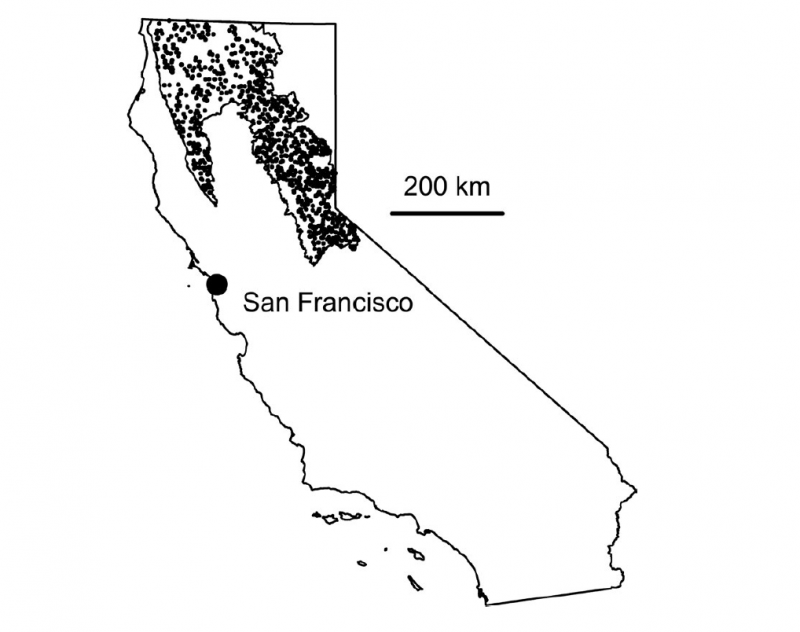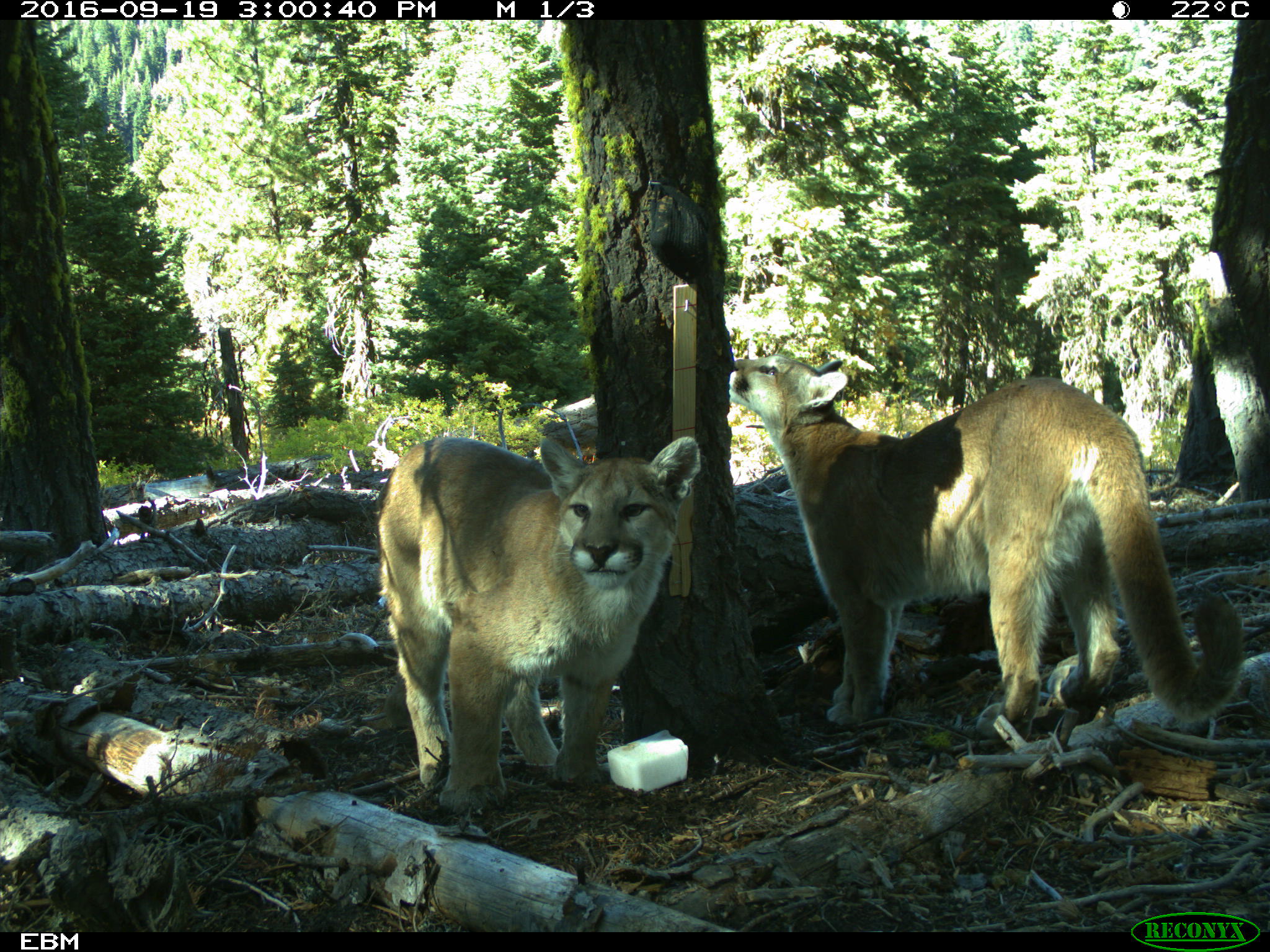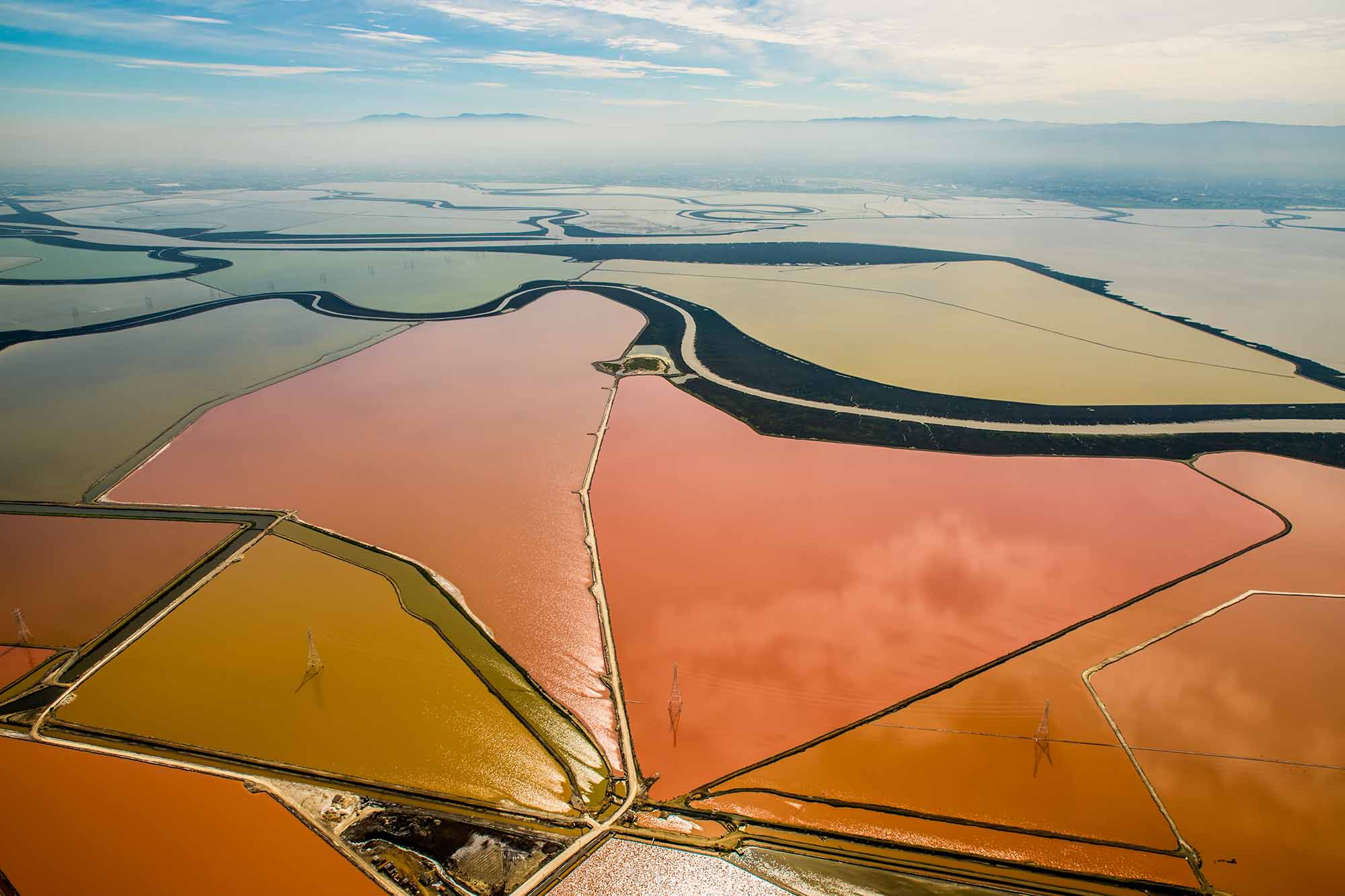See California Wildlife Return to Wildfire Zones, Courtesy of Hidden Cameras
When a wildfire blazes through a forest, animals need to fly or run away or burrow underground and hide. Larger animals like deer and elk may seek safety in a lake or river. During the most ferocious fires, some animals die.
What do California’s worsening fires mean for the state’s wildlife? Researchers at the California Department of Fish and Wildlife, or CDFW, and UC Berkeley asked this question, and offer some answers in a recent study published in Diversity and Distributions.
Using some 1,500 camera traps set mostly in Northern California forests, and gathering nearly half a million images over a decade, the researchers found that areas where fires were less severe tend to have an increase in biodiversity, particularly in forest carnivores like bears and bobcats.
“It makes sense if you look [at] what these forests have evolved and adapted to over millennia — that fire was much more common,” said lead author Brett Furnas, a quantitative ecologist with CDFW. “And more of that fire was low-severity than high-severity.”
Low-severity fire probably helps carnivores hunt because the regrowth of understory plants, like grasses, flowers and shrubs, support the small mammals that carnivores prey upon.
Furnas says seeing (through the camera traps) how animals use areas after fire shows that moving back to a more natural, pre-colonial, pre-suppression fire regime, where fires are more frequent and less intense, would benefit plants and animals in forest ecosystems.

One way to achieve this is by using prescribed fires or controlled burns. This is a win for wildlife, says Furnas, and a win for public safety.
Native people in California (and all over the world) have set fires on the landscape since time immemorial to increase biodiversity and protect against catastrophic fires. California is in the midst of a movement to restore more native burning and prescribed burning.
“We can use controlled burning to mimic a lot of these same effects that we get from low-severity fire. That’s good for wildlife. But we know it’s also good for a lot of things,” Furnas says. “It mitigates the air pollution and also the risk to people’s homes and all the other things that we see with these really large fires that are out of control.”
Adding some nuance, Furnas says it’s ultimately best for an ecosystem to have a variety of types of fire, including small patches of severe fire and small patches that have not burned for a long time. Unburned areas, for example, can provide higher forest cover suitable for breeding, resting or hiding. Patches of high-severity fire can be good for restarting forest succession.
“A diversity of fire is important,” he says. “We know that wildlife likes diversity, not just one thing.”
The camera traps captured many thousands of images of wildlife, including 15 species of carnivores, such as foxes, martens, badgers and weasels. We asked Furnas to send us some of his favorite images from the camera traps. Please enjoy (above).


